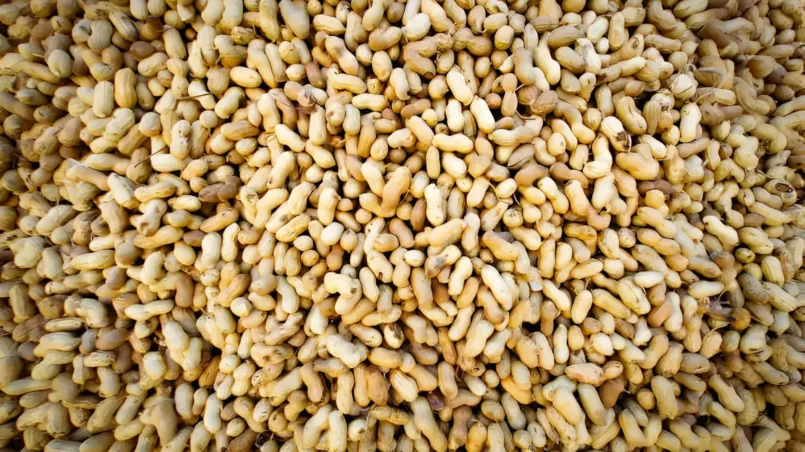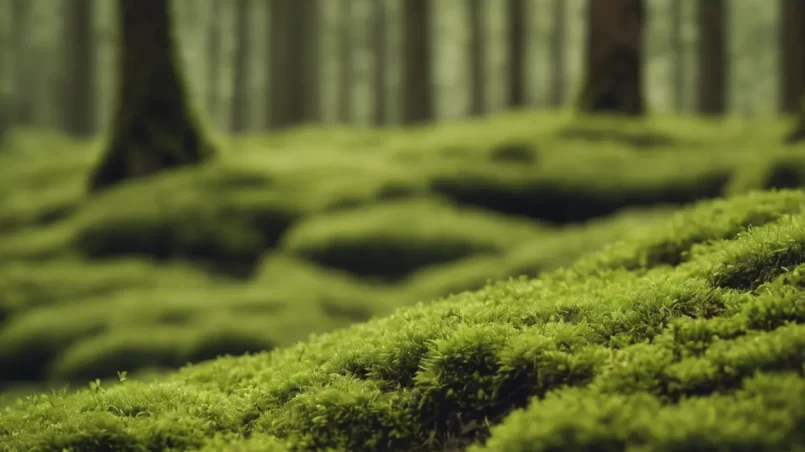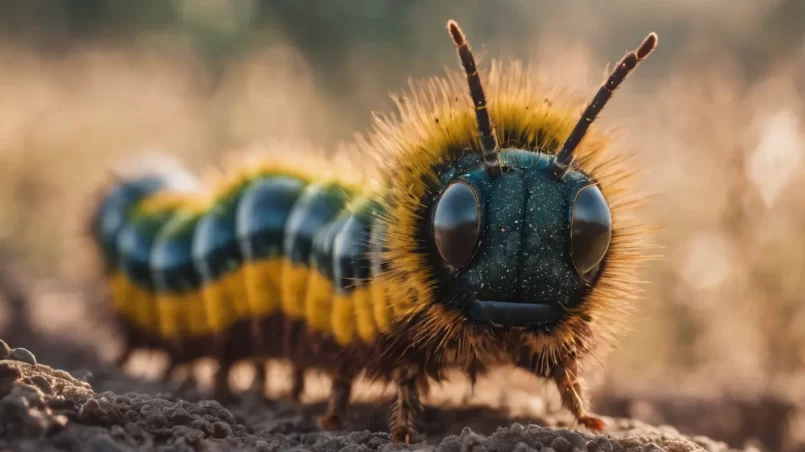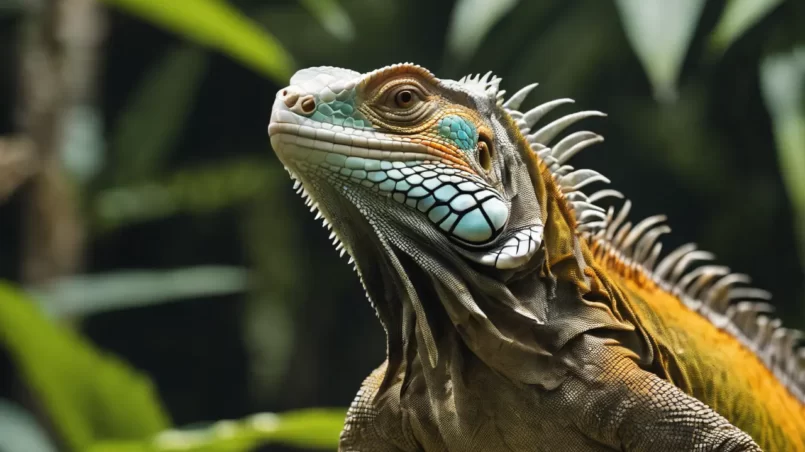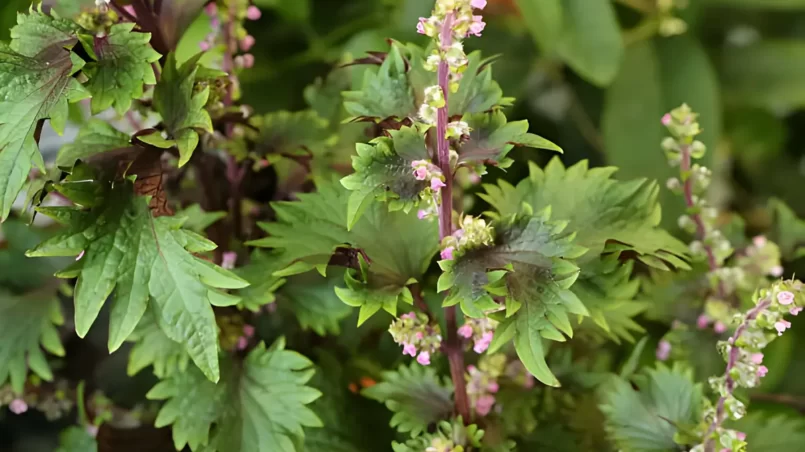Peanuts, known scientifically as Arachis hypogaea, are a significant crop globally, valued for their nutritional and economic importance. Unlike what their name suggests, peanuts are not true nuts but legumes, growing underground unlike tree nuts. This article explores the intricate process of peanut harvesting, a critical phase that determines the quality and quantity of the yield. Peanuts and Their Growth Cycle Peanuts undergo a unique growth cycle that starts with planting and moves...
Acidic moss refers to a group of moss species that thrive in low pH environments, typically below 6.0 on the pH scale. These mosses are commonly found in environments such as bogs, swamps, and certain forested areas where acidic conditions prevail. In these ecosystems, acidic moss plays a vital role, contributing to the habitat’s overall health and ecological balance. This section will provide an overview of acidic moss, highlighting its importance in such environments. Characteristics...
Marigolds, belonging to the genus Tagetes, are vibrant and popular flowers known for their bright orange, yellow, and red hues. Widely used in gardens for their aesthetic appeal and reputed pest-repellent properties, marigolds play a significant role in various ecosystems. Contrary to popular belief, while they are resistant to some pests, they are not immune to all. This section will introduce marigolds, outlining their importance in gardens and their role in the broader ecosystem. Marigold...
Caterpillars, the larval stage of butterflies and moths, play a crucial role in many ecosystems. Not only are they essential for the pollination process as they mature into their adult forms, but they also serve as a vital food source for a variety of animals. This introductory section will highlight the importance of caterpillars in the ecosystem and touch upon their fascinating transformation into butterflies or moths, which is a key aspect of their ecological significance. Common...
Iguanas, belonging to the genus Iguana, are large, herbivorous lizards found primarily in Central and South America, as well as the Caribbean. These reptiles inhabit a range of environments, from rainforests to rocky regions. Despite their formidable size and often vivid coloration, iguanas have several natural predators that pose a threat to their survival. This introductory section will provide an overview of iguanas, their natural habitats, and general vulnerabilities to predators. Common...
Perilla leaves, known as Perilla frutescens, are a staple in Asian cuisine, cherished for their unique flavor and aroma. Originating from the mountainous regions of Asia, they have been a culinary and cultural mainstay in countries like Korea, Japan, and Vietnam. Perilla leaves are often compared to basil and mint due to their similar appearance but possess a distinct taste and fragrance that sets them apart. This introduction will explore the historical significance of perilla leaves and their...

